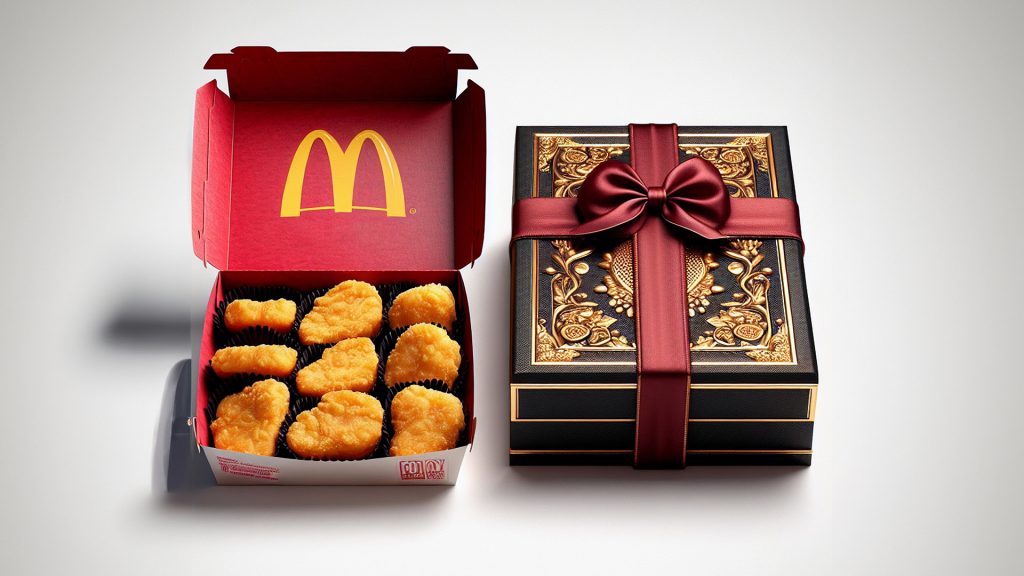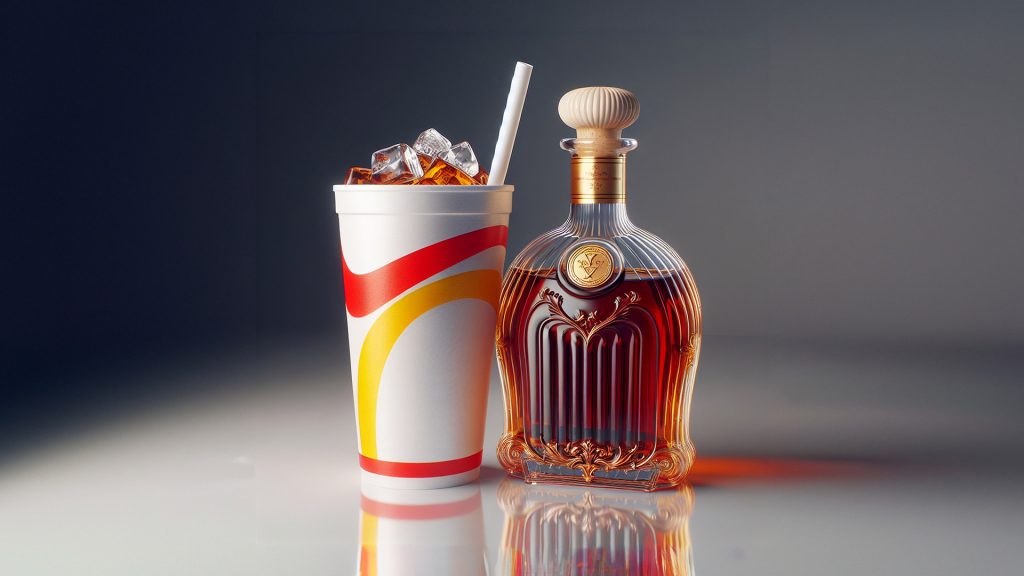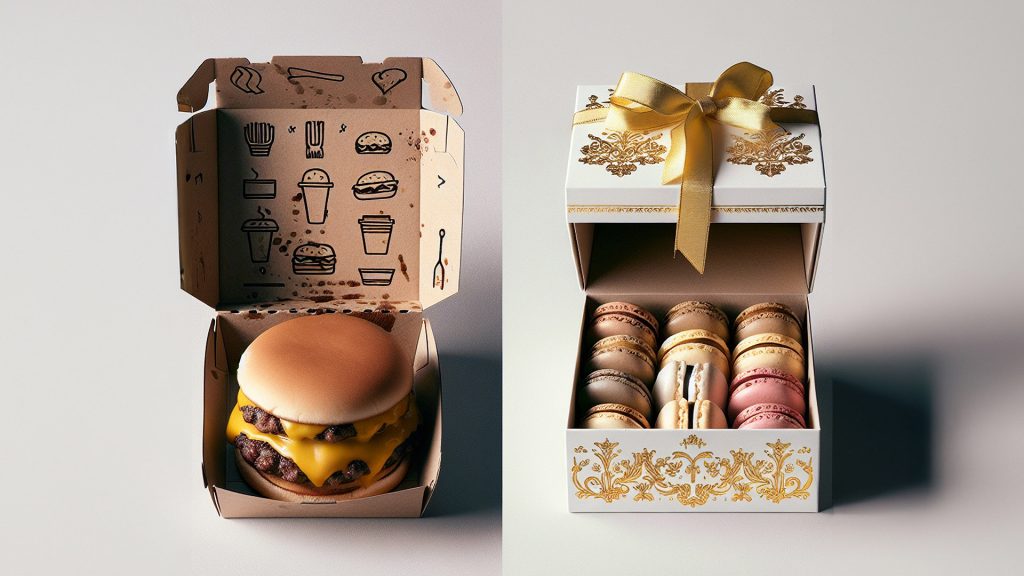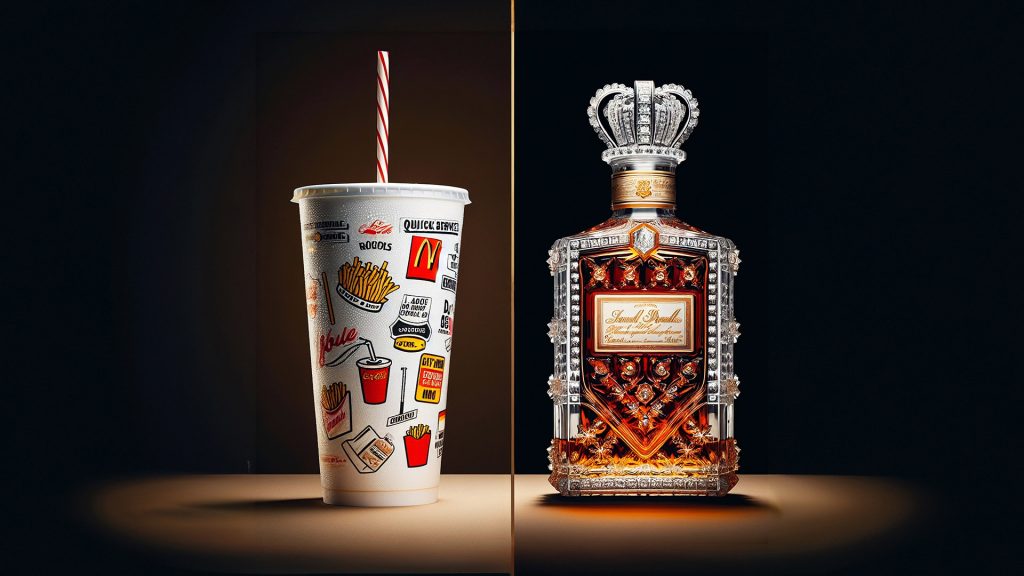The Impact Of Packaging Design On Product Perception And Value

Packaging design plays a pivotal role in shaping consumer perception and influencing their perception of a product’s value. For entrepreneurs introducing a new product to the marketplace, understanding consumer perception and leveraging packaging design to convey the desired brand image are crucial. This article explores the importance of consumer perception, examines examples of brands effectively positioning themselves as premium or inexpensive, discusses package design elements for different consumer segments, and delves into how packaging design influences consumers’ determination of a product’s value.

The Significance of Consumer Perception: Implications for New Product Introductions
When introducing a new product to the marketplace, considering consumer perception is vital for several reasons:
1. Brand Differentiation: Consumer perception helps entrepreneurs differentiate their product from competitors and create a unique brand identity that resonates with their target audience.
2. Purchase Decision-Making: Consumers rely on their perceptions and beliefs about a product to make purchase decisions. Positive consumer perception increases the likelihood of sales and brand loyalty.
3. Market Positioning: Understanding consumer perception allows entrepreneurs to position their product effectively in the market, targeting specific segments and aligning their packaging design with the desired brand image.

Strategic Brand Positioning: Examples of Successful Premium and Value-Oriented Branding
1. Premium Brand: Chanel
Chanel positions itself as a premium luxury brand through its packaging design.
Their packaging features elegant black and white color schemes, minimalistic typography, and high-quality materials that exude sophistication and exclusivity.
2. Inexpensive Brand: McDonald’s
McDonald’s emphasizes affordability and convenience through its packaging design.
Their packaging utilizes vibrant colors, playful illustrations, and straightforward typography, appealing to budget-conscious consumers while reflecting the brand’s fast-food image.

Connecting with Consumers: Key Package Design Elements for Premium and Low-Budget Segments
1. Premium Consumers:
- Elegant and minimalist design with a focus on luxury and exclusivity.
- High-quality materials such as premium papers, embossed finishes, and metallic accents.
- Sophisticated color palettes, often using neutral or subdued tones.
- Attention to detail, such as intricate patterns, delicate typography, and custom closures.
- Consideration for sustainability, using eco-friendly materials and emphasizing sustainable practices.
2. Low-Budget Consumers:
- Vibrant and eye-catching designs that convey affordability and value.
- Simple and straightforward typography that is easy to read.
- Cost-effective materials such as lightweight plastics or recyclable paperboard.
- Bright color schemes that evoke a sense of energy and value.
- Utilization of cost-saving printing techniques, such as digital printing or flexography.

The Impact of Packaging Design on Consumer Perceptions of Product Value
1. Visual Appeal: Attractive packaging design immediately captures consumer attention and creates a positive first impression, influencing the perception of product value.
2. Quality Perception: Packaging materials, finishes, and attention to detail can suggest the product’s quality. Premium packaging design elevates the perceived value of the product.
3. Brand Alignment: Packaging design that aligns with a brand’s image and positioning reinforces the perception of value and authenticity in the eyes of consumers.
4. Emotional Connection: Packaging design elements such as color, imagery, and typography evoke emotions and resonate with consumers, enhancing their perception of value.
5. Perceived Functionality: Packaging design that communicates convenience, ease of use, and product protection can contribute to the perceived value of a product.

In Summary
Packaging design has a significant impact on consumer perception and influences the determination of a product’s value. Entrepreneurs introducing new products must understand the importance of consumer perception, leverage packaging design to differentiate their brand, and cater to the specific needs and preferences of different consumer segments. By carefully considering package design elements and effectively conveying the desired brand image, entrepreneurs can create packaging that elevates their product’s value, engages consumers, and drives successful market positioning.
